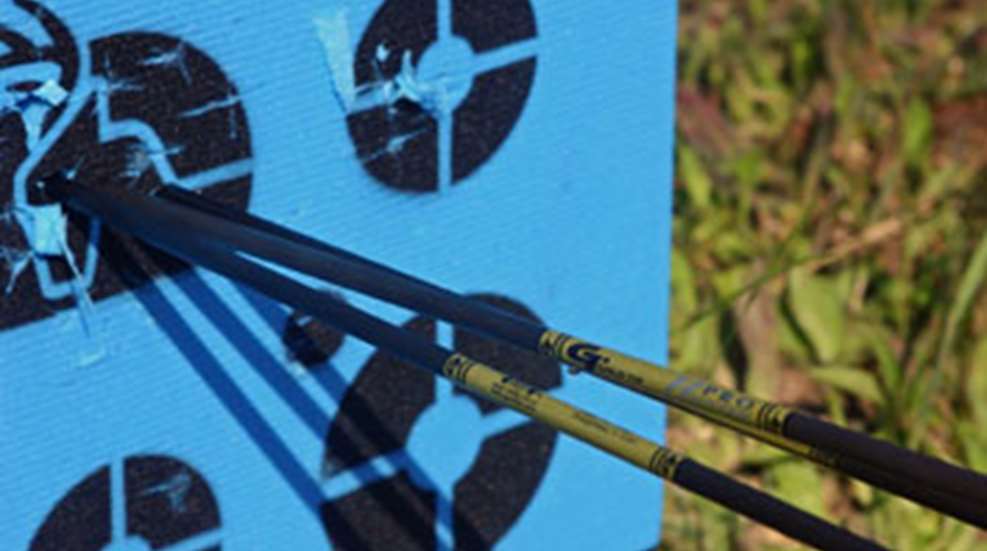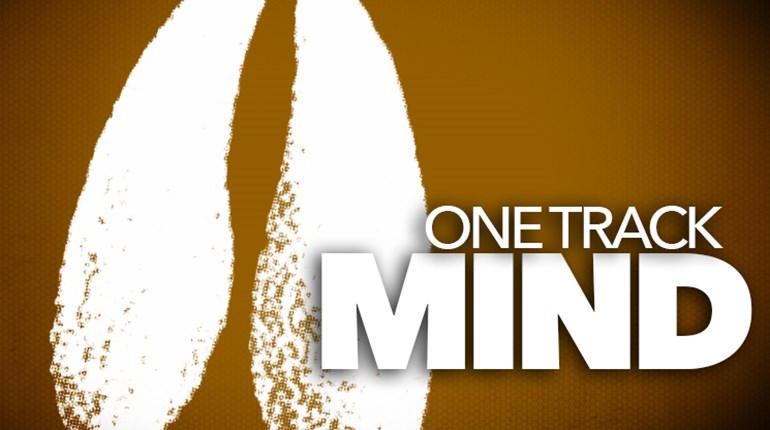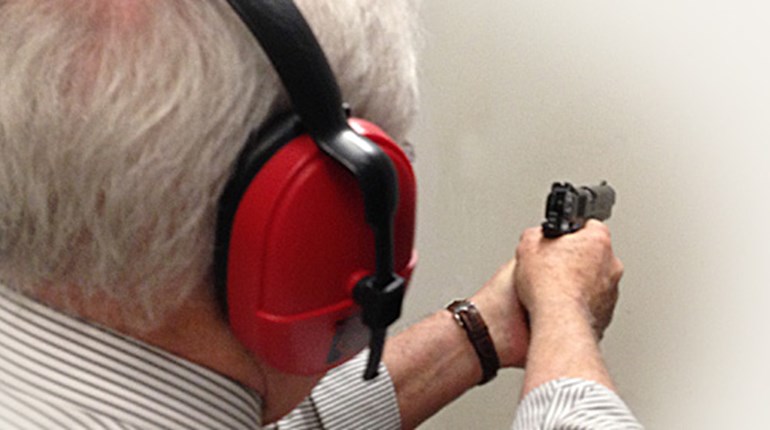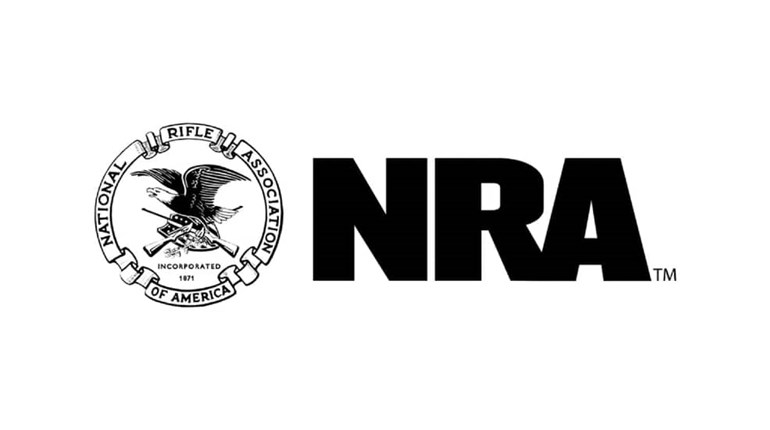
Few arguments heat up a bowhunting camp debate quicker than the subject of distances at which a skilled hunter should actually take a bow shot at a big game animal.
Each bowhunter has his or her personal shooting ability. No one else shoots exactly the same way, or with the exact same degree of skill, as you do. No two bowhunters perceive the target identically, even under identical conditions. One of the most important things in all of bowhunting is for each individual to recognize his own shooting abilities—and inabilities—and stay within them at all times.
Skilled bowhunters know that every shot presents a unique set of problems that must be overcome. Distance is only one of these issues. Other factors include poor light, strong winds, brush and the animal standing at the wrong angle.
Experience is the most important piece of equipment a bowhunter can take into the field. All the new high-tech doo-dads are terrific, but they can’t take the place of the ability to size up each situation, make a set of judgments based on past experiences and then decide whether or not the time is right to take the shot.
Most bowhunters have difficulty making a shot beyond 40 yards. With today’s compound bows, carbon arrows, low-profile broadheads, precision sights and laser rangefinders, 40 yard shots are within the capability of most of us. And even longer shots are possible if a hunter extends his or her Maximum Effective Shooting Range (MESR).
Extending your MESR is a simple process. Start shooting at the distance you are most comfortable with using your hunting set up including broadheads. Let’s say that is 20 yards. After laying them in the bullseye, back up five yards. Keep practicing at this distance until you can place 90 percent of your hunting arrows in the X-ring. Move back another five yards, and repeat. Keep the process going until you get to the point where you’re just are not getting 90 percent into the bullseye. This might be 30 yards or it might be 50 yards, but you’ll know what it is. Unless you can place 90 percent of your broadheads into the vitals, you really should not take a shot at a deer at that distance.
Extending your MESR can’t be done in a single range session. Fatigue and the ability to keep concentrating are the limiting factors. It is much better to shoot a few arrows with proper shooting form and good concentration than a lot of arrows when you are tired and not paying attention.
What you’ll discover is that you really have to concentrate on proper shooting mechanics to consistently make the shot at the longer distances. You’ll also find that once you are shooting well at 50 yards, those 30 yard shots that once seemed iffy are now easy as pie.
How far is too far? As Clint Eastwood (Dirty Harry Callahan) said in the movie “Magnum Force” back in 1973, "A man's got to know his limitations." I do. While I still work hard at being able to set up my bow shots at deer at 20-25 yards, I want to be able to make the longer shot if I have to. You should, too. And the time to begin becoming a better bow shot is right now.




































